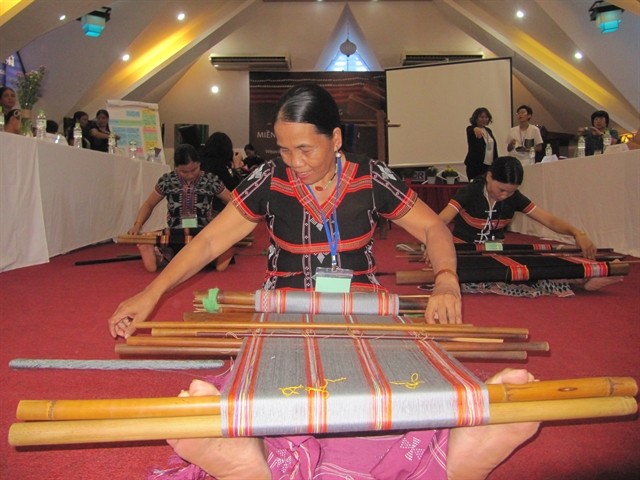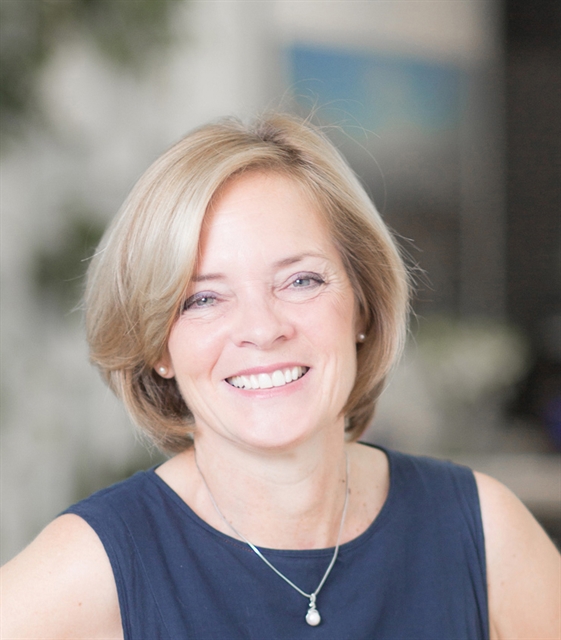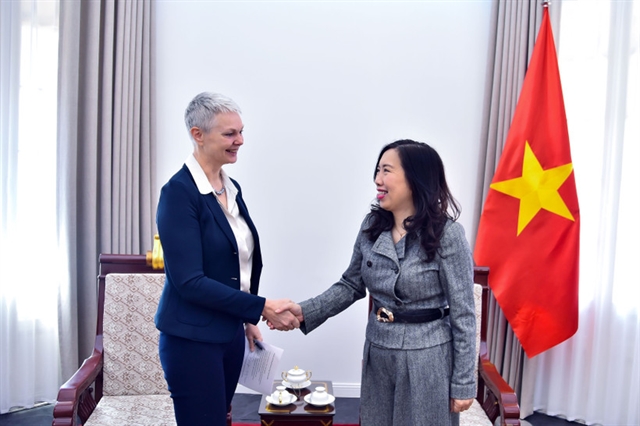 Inner Sanctum
Inner Sanctum

Lisa Bate, a global ambassador for sustainable design who was appointed chair of the World Green Building Council’s (WorldGBC) board of directors last year, has great passion for sustainability in architecture and design. Việt Nam News reporter Bồ Xuân Hiệp spoke with her about her advocacy of greater sustainability and diversity in the building sector in Việt Nam and around the world.

|
| Lisa Bate, chair of the World Green Building Council’s board of directors. Photo courtesy of Lisa Bate |
What inspires you to work on sustainable and green building projects?
In my new role as the chair of the WorldGBC board of directors, I am committed to advancing the WolrdGBC’s mission of empowering our communities to drive change and create green buildings for everyone and everywhere.
To me, sustainability is just good design, whether in master planning, landscape, architecture, interior design or fit-out.
Buildings are where we live, work, learn, play and heal, so they need to be healthy for people, and with low or no impact on our environment.
Climate and human health impact are critically tied to sustainability. I think that we can make our buildings positive contributors to carbon reduction instead of negative contributors to our communities, cities, countries, and the planet.
What are your goals for sustainable and green building here and around the world?
I have always been passionate about developing indoor air quality standards, and in my time as the chair of WorldGBC, I have been able to continue to promote this.
In addition, it has been great to be involved with two of WorldGBC’s principle initiatives, “Advancing Net Zero” and “Better Places for People”.
“Advancing Net Zero” is critical for us to create a more sustainable world and reduce the operational carbon emissions and carbon embodied in the construction materials we use in the building industry.
“Better Places for People” not only ties in my passion for cleaner air, but it is a great reminder that the built environment should, at its heart, serve people.
The World Health Organization (WHO) says 91 per cent of people live with unhealthy air quality. This is a staggering number and clearly shows that we must go beyond having a nice aesthetic or offering entertainment. We must support the environmental, economic, and physical health of the communities we serve.
As WorldGBC’s first female chair of the board of directors, what do you think about the state of diversity in the green building sector in Việt Nam and elsewhere?
Architecture plays a key role in social cohesion, and in this way our industry can offer unique problem-solving to the sustainability and resiliency challenges the world is facing when more and diverse voices are added to the conversation.
We are seeing a paradigm shift in the industry where inclusiveness is becoming more of a top priority when we consider our built environments.
Studies have shown that companies with more women on their boards achieve higher financial performance, on average, than companies with fewer or no women directors.
To foster a more sustainable world, we need focused attention on our homes, workplaces, schools, public spaces, neighbourhoods and communities that embrace the diversity of cultures, beliefs, preferences, education and economics of an interconnected world.
We know that a focus on money does not bring prosperity, but that a focus on our core values, vision, passion and open-mindedness does.
What are the major problems facing Việt Nam’s green building agenda?
Việt Nam is still growing its green building infrastructure and will need to increase its number of educated green professionals as well as political support and incentives to create the kind of impact we need globally.
Educating the public on green building on not only its benefits but on why it is more necessary now than ever before will go a long way in the country, especially given recent reports on how flooding could impact southern Việt Nam.
Additionally, helping developers understand the actual site work and construction costs of green developments and their buildings and how they will not only get a Return on Investment, but a Return on Operational costs and Return on Human Capita, which is harder to measure, but increasingly understood is vitally important to consider in any project.
Could you share with us some inspiring green building stories? How can Việt Nam’s industry best learn from these stories?
Firstly, the Joyce Centre for Partnership & Innovation at Mohawk College in Canada is truly a benchmark project. It is the first building in Canada to be both Zero Carbon Design and Operational Certified. The building is not only sustainable itself, but is helping students at the college become future leaders in sustainability as they are able to learn from and manage the building in real time as part of the curriculum.
Secondly, the Humber College Building Nx in Canada is the country’s first retrofit of an existing building to be Zero Carbon Design Certified, and is on track to be PassivHaus EnerPHit certified from Germany as well. It is so critical to show that existing buildings can meet rigorous sustainability objectives, and this project is even more remarkable as it remained occupied throughout the renovation. Colleges and universities can and are leading the way, demonstrating to other long-term building owners that these kinds of projects are not only feasible but also beneficial.
Most notably is the National University Centre for Oral Health in Singapore (NUCOHS), which is an outstanding example of green building in the healthcare space. It achieved the BCA Green Mark Award for Buildings – Platinum, and was highly commended by the European Healthcare Design Awards. It utilises biophilic design, and incorporates a green campus into the building. There are courtyards or terraces on Levels 1, 5, and 9, which help to offset the urban heat island effect as well as increase urban biodiversity, such as butterflies. The building’s high performance curtain walls maximise natural light penetration. All of the upper levels of the building are naturally ventilated.
All of these are solutions which not only make NUCOHS more sustainable but also help foster healing in patients.
In my opinion, with a similar climate to Singapore, Việt Nam could easily translate and incorporate some of these design solutions into its own healthcare projects. VNS




